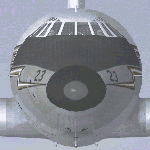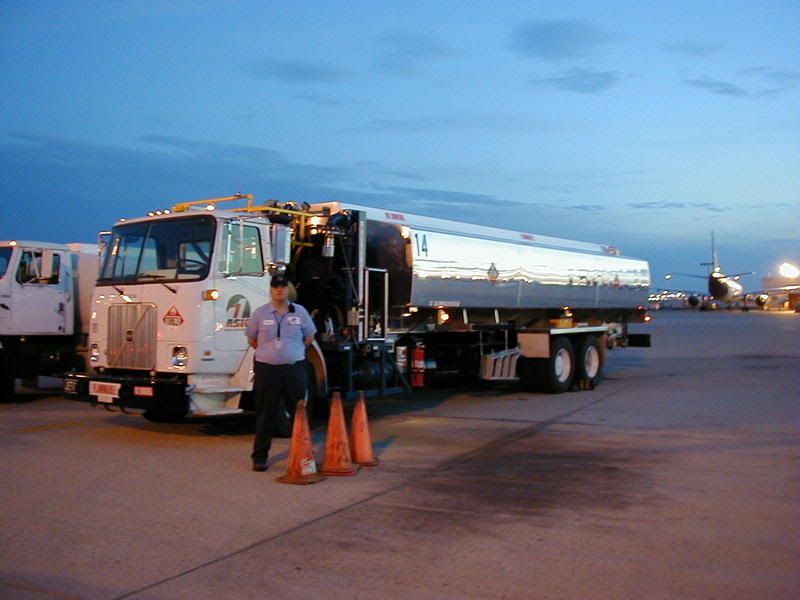The angle of attack when flying the Trident on approach to land is a slight nose up attitude which Peter once described as being normal so no problem there however, my question is does this relate to all a/c such as business jets and pax aircraft?
The reason for this question is that some of the approaches I fly the nose from external view when replaying the landing on say the 737, Twin Otter, Just Flight Bis Jet and Piper Carenado BAC1-11 appears high, I have fiddled around with the C of G and found that by moving it forward the angle of attack appears to be much better in the sense of either slightly nose down or near enough level which means the nose is not raised overly high during the flare.
I know when I used to fly light a/c the angle of attack on approach was of a nose down attitude but just wonder what it should be for passenger and business jets.
OK, now to confuse me even more I'll just wait until someone comes along and tells me it all depends on the type of a/c, loading, weight etc.
Unfortunately I won't be back until Saturday so no hurry.
Many thanks in advance.
Nigel.













